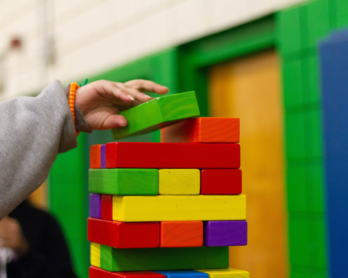After a previous nasal surgery you may be left disappointed with your new nose, or perhaps over time as your face has aged a rhinoplasty you had perhaps decades ago now doesn’t suit your face. This is where a revision rhinoplasty is suitable.
What is Revision Rhinoplasty?
A revision rhinoplasty is a second or successive surgery on a nose. This may be required for several reasons. First of all you may not be pleased with the work done by your first plastic surgeon, the end result doesn’t match your expectations so you want to use a better surgeon to correct the mistakes. Another reason might be that due to age, an accident, or other facial surgery such as a facelift your nose needs further surgery to correct it. You may be left with humps or a recession on your nasal bridge, have misshapen nostrils perhaps too small, too large, stretched or uneven. Your nose may no longer be symmetrical or perhaps the nasal tip is too big or too small. Another factor could be that following your first rhinoplasty you have had problems with breathing.
Revision rhinoplasty is more complicated a procedure than a first rhinoplasty and probably one of the most complex plastic surgeries because sue to the initial surgery there could be scarring, missing cartilage and bone, and structural abnormalities. This makes a revision rhinoplasty a surgery that only the most experienced plastic surgeons should attempt. It is advisable to find a revision rhinoplasty specialist for this type of procedure, who is used to correcting previous work where scarring and lack of cartilage and bone can be the norm.
What Might Be Involved in Revision Rhinoplasty
The first thing a revision rhinoplasty specialist will do is consult with you to understand what it is about your current nose that is of concern to you and discuss your goals. Digital images will be produced to agree a final look. Scans will likely be taken so that the surgeon can visualize the current state of the inside of the nose including bone, cartilage and nasal passage structure so they can develop their approach prior to the surgery.
It is likely that if your nose has been reduced in size during your first rhinoplasty that there will be a lack of cartilage and bone on which to base the revised nasal structure so therefore cartilage from other parts of your body may be harvested to build a new nasal cartilage structure to support the new nose. The cartilage is typically taken from the ear, a auricular cartilage harvest, or from the ribs.
During the surgery an incision will be made across the base of the nose so that full access to the interior of the nose is possible. Unlike original rhinoplasty surgery where scars are internal to the nasal passages this incision is usually external but usually heals very well and isn’t visible. Dermal fillers ma also be used to filled out the shape if the nose after surgery has been completed.












